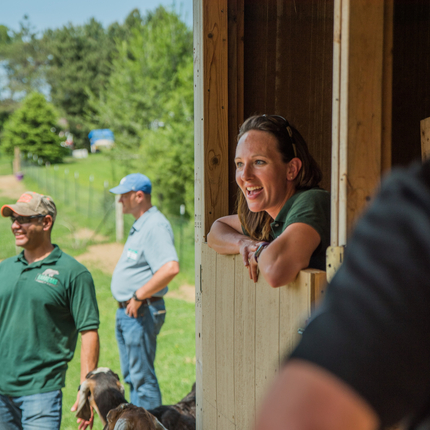By Cora Fox, former staff member
Conducted every five years, the U.S. Department of Agriculture’s Census of Agriculture is a count of all U.S. farms and ranches and the producers who operate them.
A question about veteran status was a new addition to the Census released last month. Here are a few takeaways:
- In total, 370,619 producers reported military service.
- Many farms operated by veterans have fewer than 179 acres.
- Veterans report owning more acres than they lease.
- The majority of veterans report operating a farm for more than 11 years.
- The average age of veteran farmers is 67.9 years, while the average age of all producers is 57.5 years.
Nearly 11 percent of all farmers are also veterans. Most veteran farmers served in the Vietnam-era. And, many are farming small-scale operations that they own.
The Census of Agriculture does not reflect information about the veterans who struggle to gain entry into farming. None of the questions asked about denied loan applications, impact of high land values, or competition for acres. Unfortunately, these are all major struggles for beginning farmers, including veterans of the Global War on Terror—those who have served in the past two decades. All veterans deserve our support in returning to civilian life—entry into farming should be no exception.
What can we do? We can continue advocating for programs that help educate and train beginning veteran farmers and ranchers. We can minimize barriers to entry in agriculture, by limiting farm program payments for the largest corporate farms or by providing incentives to lease land to beginning veteran producers. And, we can improve local and regional market infrastructure to support small-scale, diversified producers in reaching profitable markets.
With an aging farmer demographic, Congress must take steps to ensure the next generation of producers, including veteran farmers, is positioned to support the demand of our agriculture industry.





